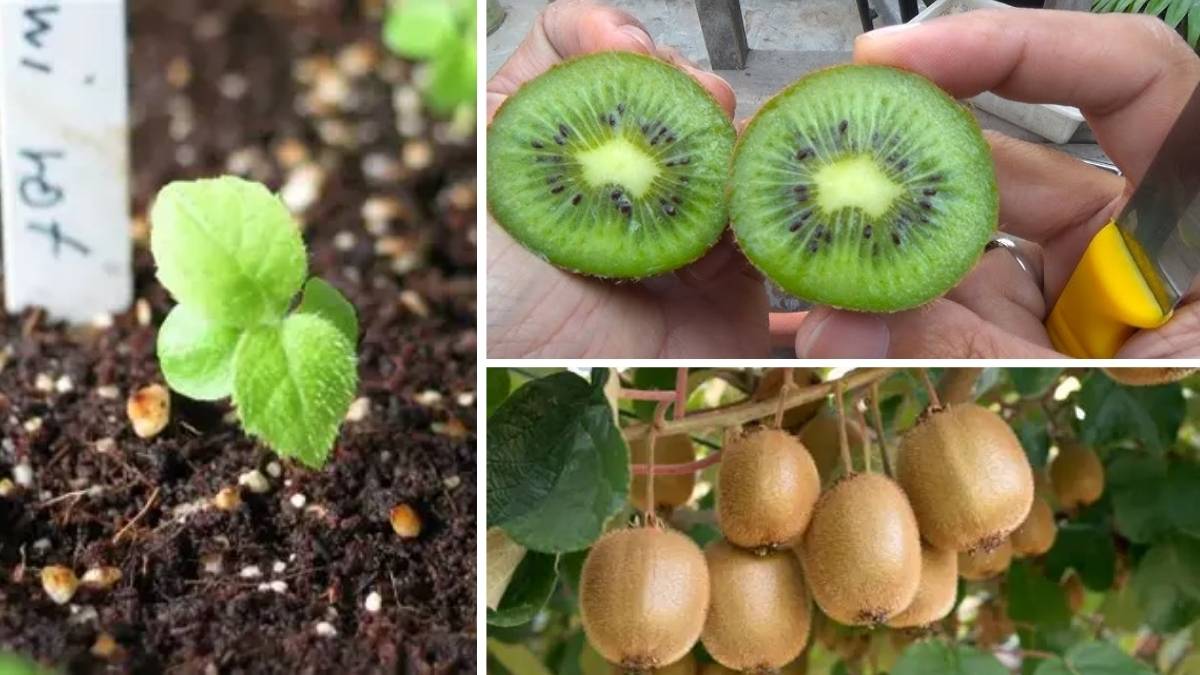Growing kiwi from seeds in a tropical balcony garden is a rewarding experience that allows you to enjoy fresh, homegrown fruit while enhancing your garden’s beauty. Though kiwis are often associated with cooler climates, it is possible to cultivate them in tropical regions if you follow the right steps. In this guide, we will explore how to successfully grow kiwi from seeds in your balcony garden.
Why Grow Kiwi from Seeds in a Tropical Balcony Garden?
Kiwi is a fun and relatively easy fruit to grow, and it thrives in tropical climates where warmth and humidity are abundant. By starting from seeds, you’ll not only save money but also get the satisfaction of nurturing your own plants from scratch. Plus, it’s a conversation starter how cool would it be to tell your friends you grew your own kiwi?
What You Need to Start Growing Kiwi from Seeds
Before you dive into planting, gather everything you’ll need. Here’s a quick checklist:
- Kiwi seeds – You can save seeds from store-bought kiwis, but make sure they’re ripe.
- A small pot or seed tray – Choose one with good drainage.
- Good quality potting mix – Look for one that’s well-draining, as kiwi plants don’t like soggy roots.
- A plastic cover or a clear plastic bag – This will create a mini greenhouse effect to help with germination.
- Warmth – A warm spot, like your balcony, where temperatures stay between 65-75°F (18-24°C) will help the seeds sprout.
Choosing the Right Kiwi Variety
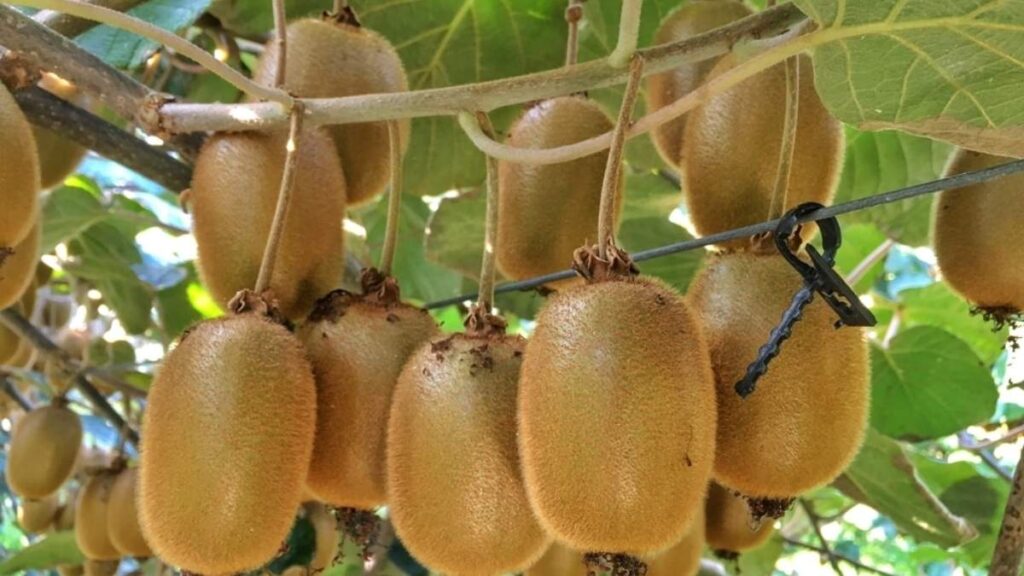
Before starting, it’s essential to choose the right variety of kiwi. There are two main types of kiwis: the green kiwi (Actinidia deliciosa) and the golden kiwi (Actinidia chinensis). The green kiwi is the most common, but golden kiwis are sweeter and have a smooth, fuzz-free skin. Both varieties can be grown in tropical conditions, but the green kiwi is more likely to thrive in warmer, humid climates.
When buying kiwi seeds, make sure they are fresh and high-quality. You can find seeds from local nurseries, online stores, or even extract them from a ripe kiwi fruit.
Preparing Kiwi Seeds for Planting
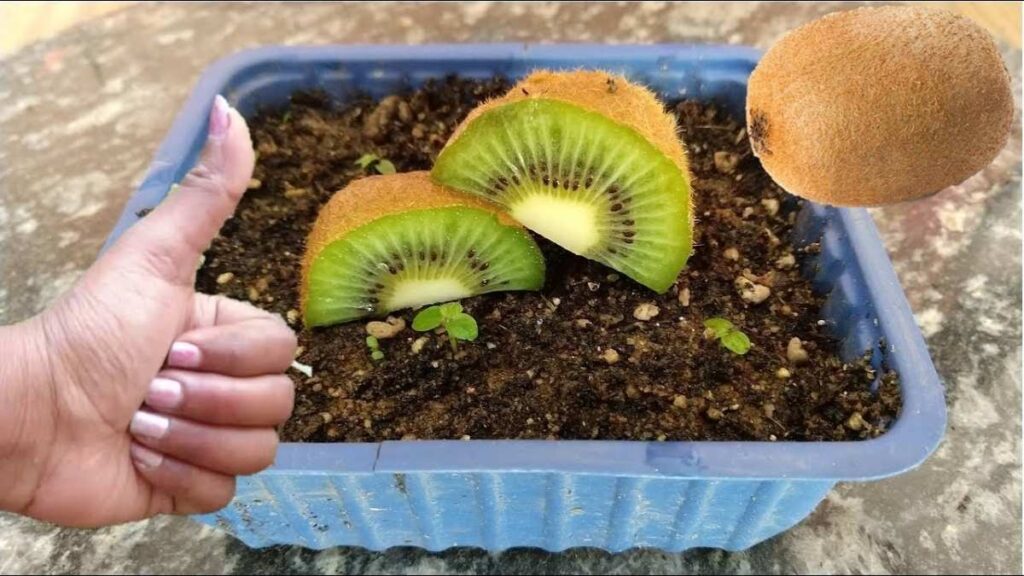
Kiwi seeds need a bit of preparation before planting. The first step is to remove the seeds from a ripe kiwi. Gently scoop them out and wash off any pulp or flesh. Once clean, it’s a good idea to dry the seeds for a day or two. However, the most important step is to stratify the seeds to mimic the cold conditions they would experience in nature.
To do this, you need to chill the seeds in the refrigerator for about 4 to 6 weeks. Place the seeds in a damp paper towel, put them in a plastic bag, and store them in the fridge. This cold treatment helps break the seed dormancy and encourages germination. After the stratification period, you can start the planting process.
Selecting the Perfect Container
When growing kiwi from seeds in a tropical balcony garden, selecting the right container is essential. Kiwi plants have deep roots, so choose a pot or container that is at least 12 inches deep. This will allow the plant’s roots to spread and grow properly. The container should also have drainage holes to prevent waterlogging, as kiwis prefer well-drained soil.
If you’re growing more than one kiwi plant, make sure each plant has its own pot or enough space to grow comfortably. Since kiwi vines tend to spread, you will eventually need to provide a trellis or some kind of support for them to climb.
Preparing the Soil
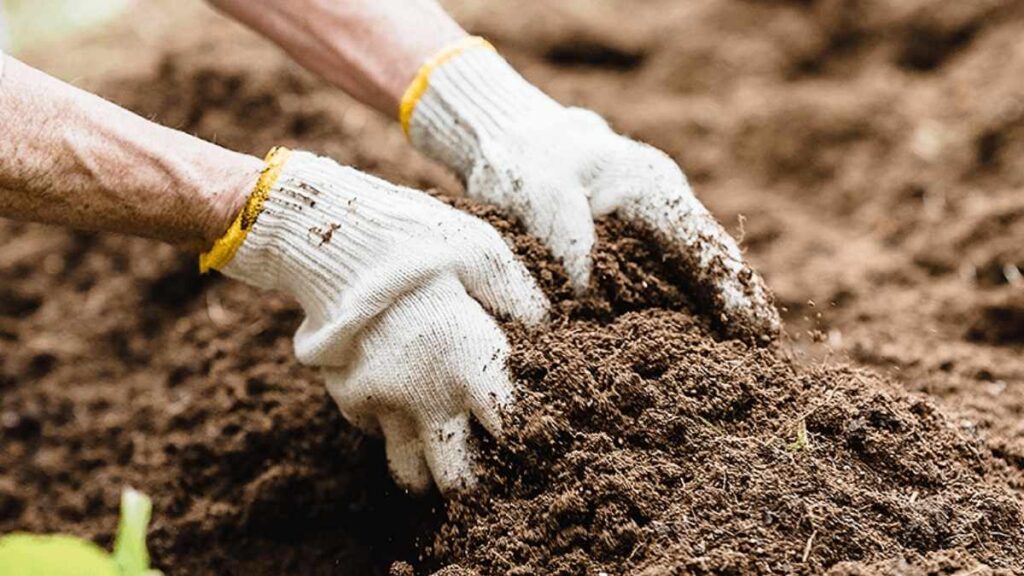
Kiwi plants prefer slightly acidic soil with a pH level between 6.0 and 6.5. You can create the right soil mix by combining equal parts of potting soil, compost, and perlite or sand to improve drainage. Kiwi plants also benefit from organic matter, so adding some compost can enhance soil fertility and moisture retention.
If you’re in a tropical climate, ensure the soil doesn’t retain too much moisture, as kiwi plants are susceptible to root rot in soggy conditions. It’s a good idea to mix in some coarse sand or grit for improved drainage.
Planting Kiwi Seeds
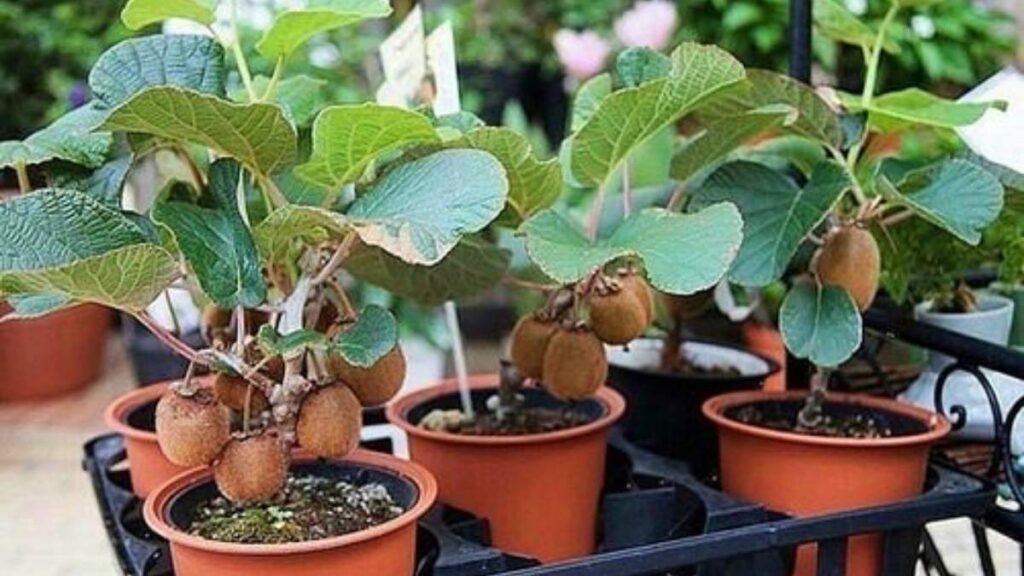
After the cold stratification period, you are ready to plant the kiwi seeds. Fill your chosen container with the prepared soil mixture, leaving about an inch of space from the top. Sprinkle the kiwi seeds evenly over the surface and lightly press them into the soil. You don’t need to bury the seeds too deep just a thin layer of soil on top is sufficient.
Water the soil gently but thoroughly to ensure it is evenly moist. Cover the container with a plastic bag or plastic wrap to create a greenhouse effect, which will help retain humidity and warmth. Place the container in a warm spot with indirect sunlight. A tropical balcony is ideal for this step, as the temperature and humidity will be conducive to germination.
How to Care for Your Kiwi Seedlings as They Grow
Once your seeds have sprouted, it’s time to give them the care they need to thrive. Here’s what you should focus on:
- Watering: Kiwi plants prefer moist, well-draining soil. Water them whenever the top inch of soil feels dry, but be careful not to overwater.
- Fertilizing: Feed your plants with a balanced liquid fertilizer every 4–6 weeks during the growing season. Kiwi loves nutrients!
- Supporting Growth: As your seedlings grow, they’ll need support. Kiwi is a vine plant, so consider setting up a trellis or wire framework to help them climb.
Harvesting Kiwi Fruit
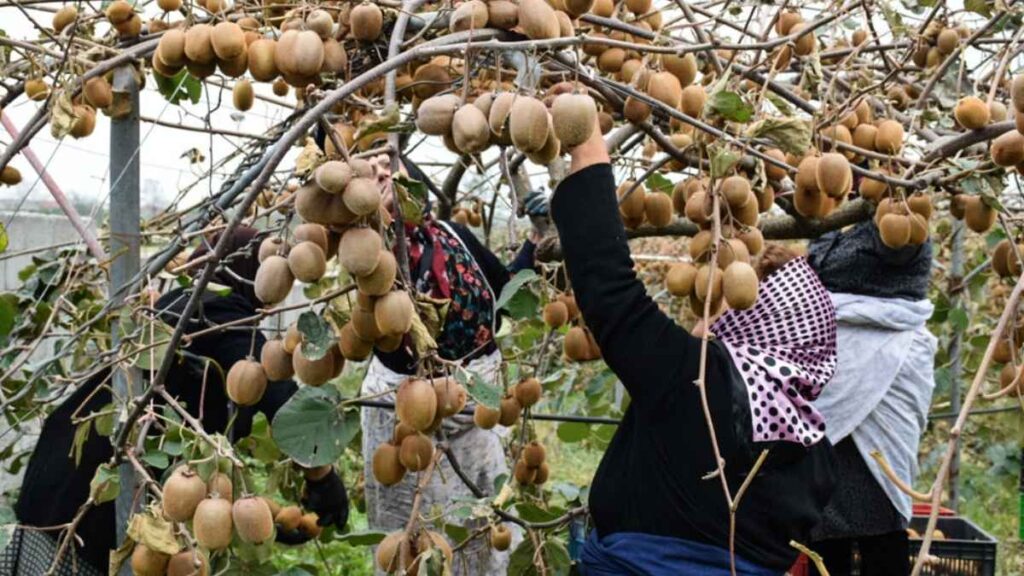
Once your kiwi plants start to flower and set fruit, you will have to wait until the fruits are fully ripe before harvesting. Kiwi fruits are usually ready for picking when they are slightly soft to the touch and have developed a fragrant aroma. If you live in a tropical climate, the fruits may ripen faster than in temperate zones, so keep an eye on them.
Kiwi fruit can be harvested when it is still a bit firm, as it will continue to ripen off the vine. To speed up the ripening process, you can place the kiwis in a paper bag with an apple or banana.
Conclusion
Growing kiwi from seeds in a tropical balcony garden is a challenging yet rewarding project. By following the right steps, you can successfully cultivate these delicious fruits in the comfort of your home. With the right care, patience, and the right growing conditions, your kiwi vines can thrive and eventually produce sweet, homegrown kiwis that are a joy to eat. So, if you’re looking for a fun gardening adventure, try growing kiwi from seeds it’s a rewarding and fruitful endeavor.

